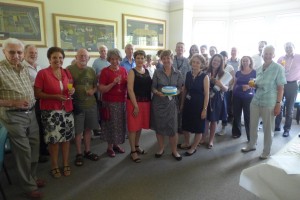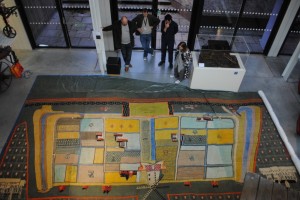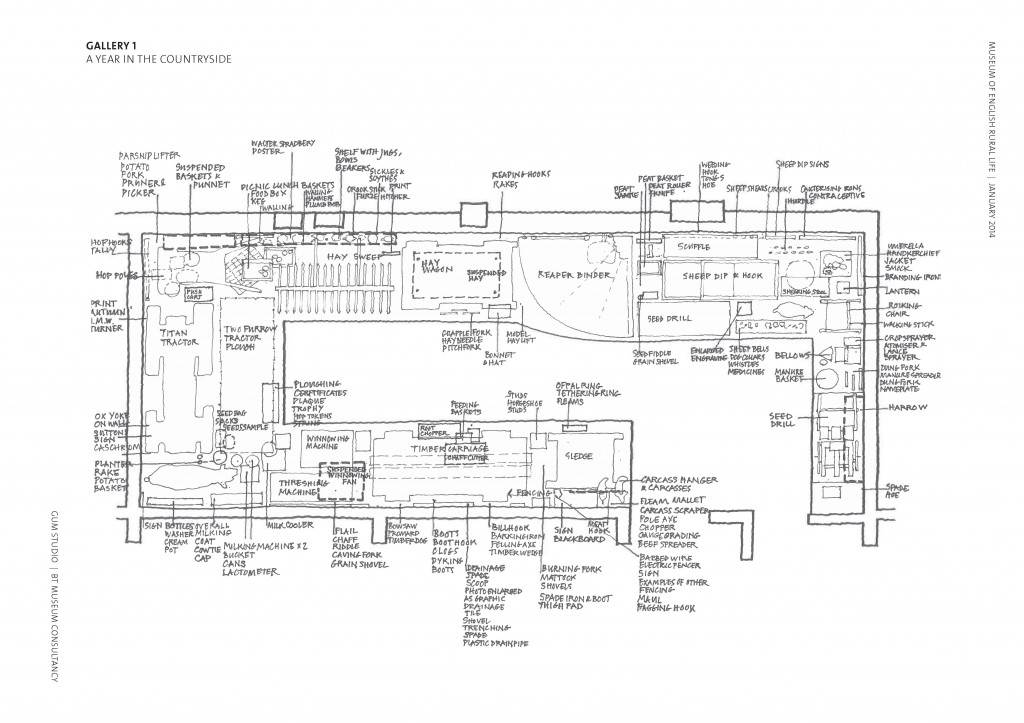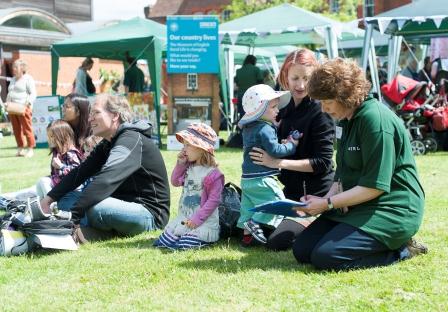We are all very pleased and excited to announce that we have been successful in securing a further £1.7m grant from the Heritage Lottery Fund, in order to redevelop MERL as part of the Our Country Lives project! You can see our press release here.

As it was #MusCake day this week as well, we thought we’d celebrate with an Our Country Lives themed cake.
That we have got to this stage is testament to the huge amount of work we’ve already done in reviewing what we as a Museum stand for, and our plan for how we can best tell the story of English rural life to our visitors. One of the main reasons for redeveloping MERL is that we’re aware that there is a new generation of visitors who need different ways of engaging with our rural heritage through new, themed displays, innovative interpretation and an exciting programme of activities. The galleries will be more engaging for adults and children alike, with things to interact with in the galleries, handling opportunities and far more digital interpretation of the collections, which will display the incredible depth and variety of our Archives, including film and photography.
Visitor evaluation – as it should – has played a big part in directing our work. The majority of our visitors do not live in the countryside, so we aim to reveal the relevance of the countryside to those whose lives have been spent in towns and cities. However, just because someone lives in the city obviously doesn’t mean they don’t have experience of or are entirely unaware of the countryside. As such, we will be exploring various popular themes such as craft and craftspeople, how we view and perceive the countryside, and invite our visitors to tell us what they think of contemporary issues, such as climate change, food security and the relationship between town and country. We will also be focusing far more on the people, past and present, who make up the countryside, and what their stories can tell us about our continuing countryside story.
There is almost too much to tell you about in this one blog post – for instance, we’re uncovering displays unseen since the ‘50s (such as our amazing Festival of Britain wall hangings – see below), building a new gallery, creating new spaces for learning and exploring our collections digitally, embarking on an exciting three year programme of new events and activities – the list could go on (and does so here). For now, we’ve taken a breather to celebrate with cake and to take a month or so to make all the preparations necessary to start on the project proper.
One of the best ways to keep up with progress on the project will be this blog, but we’re also working on various other ways you can see what we’re doing behind the scenes, and what you can expect in the new MERL. We would also like to say thank you to all of those who have helped us get this far in the project: MERL staff, our funders, our consultants GuM and Cultural Consulting, the University of Reading, and of course our fabulous volunteers.







